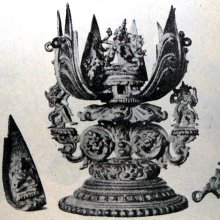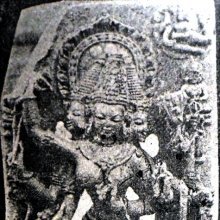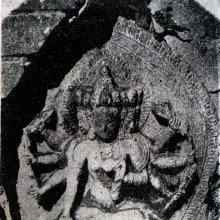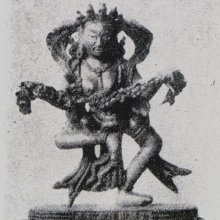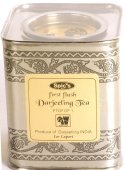Scent: 2 definitions
Introduction:
Scent means something in Hinduism, Sanskrit, Hindi. If you want to know the exact meaning, history, etymology or English translation of this term then check out the descriptions on this page. Add your comment or reference to a book if you want to contribute to this summary article.
Images (photo gallery)
In Hinduism
Yoga (school of philosophy)
Source: ORA: Amanaska (king of all yogas): A Critical Edition and Annotated Translation by Jason Birch(That which is) Scent is denoted by the Sanskrit term Gandha (as opposed to Agandha—‘scentless’), according to the Bṛhadāraṇyikopaniṣat 3.8.6.—Accordingly, while describing the absolute nature of Brahma: “Gārgi said, ‘Yājñavalkya, that which is above the sky, below the earth, between the two and called [past, present and future], is stitched and cross-stitched in what?’ Yājñavalkya said, ‘Gārgi, the Brahmins call that very [thing] the imperishable one. [e.g., It is scentless (agandha) [...]’”.

Yoga is originally considered a branch of Hindu philosophy (astika), but both ancient and modern Yoga combine the physical, mental and spiritual. Yoga teaches various physical techniques also known as āsanas (postures), used for various purposes (eg., meditation, contemplation, relaxation).
Languages of India and abroad
Hindi dictionary
Source: DDSA: A practical Hindi-English dictionaryScent in Hindi refers in English to:—(nm) scent; a cent..—scent (सेंट) is alternatively transliterated as Seṃṭa.
...
See also (Relevant definitions)
Starts with: Scentbottle, Scented emu bush, Scented guarea, Scented mahogany, Scented myrrh, Scented oil, Scented oleander, Scented water, Scented wattle, Scented xysmalobium, Scented-pod acacia, Scentless.
Query error!
Full-text (+373): Gandha, Talva, Anubodha, Nirgandha, Gandhaga, Sagandha, Prabodhana, Parimala, Sweet scent, Samakarshin, Mukhavasa, Vimarddottha, Mahaka, Khushabu, Kanka, Suvasita, Hunga, Tacagandha, Gandhagaja, Ghrana.
Relevant text
Search found 228 books and stories containing Scent; (plurals include: Scents). You can also click to the full overview containing English textual excerpts. Below are direct links for the most relevant articles:
Manusmriti with the Commentary of Medhatithi (by Ganganatha Jha)
Verse 2.177 < [Section XXX - Rules to be observed by the Religious Student]
Verse 7.79 < [Section VII - Domestic Duties]
Verse 2.178 < [Section XXX - Rules to be observed by the Religious Student]
A Discourse on Paticcasamuppada (by Venerable Mahasi Sayadaw)
Chapter 1 - Tanha Causes Upadana < [Part 7]
Chapter 4 - Six Kinds Of Tanha < [Part 6]
Chapter 2 - The Abstruseness Of The Doctrine < [Part 5]
Cosmetics, Costumes and Ornaments in Ancient India (by Remadevi. O.)
2.12. Pharmaceutical use of Perfumes < [Chapter 1 - Cosmetics]
2.4. Pharmaceutical use of Soap < [Chapter 1 - Cosmetics]
10. Business and Trade of Cosmetics < [Chapter 1 - Cosmetics]
Mahabharata (English) (by Kisari Mohan Ganguli)
Section CCLXXIII < [Mokshadharma Parva]
Section CCCXVIII < [Mokshadharma Parva]
Section CCCXIV < [Mokshadharma Parva]
World Journal of Pharmaceutical Research
Antimicrobial analysis of plant scents vs. MRSA. < [2018: Volume 7, January issue 1]
Esters, terpenes and flavours < [2015: Volume 4, August issue 8]
A review on lipstick < [2023: Volume 12, March issue 4]
Shiva Purana (by J. L. Shastri)
Chapter 7 - The worship of Śiva < [Section 6 - Kailāsa-saṃhitā]
Chapter 8 - Śiva’s Mental worship < [Section 6 - Kailāsa-saṃhitā]
Chapter 33 - Rites for deriving benefits hereafter < [Section 7.2 - Vāyavīya-saṃhitā (2)]
Related products
